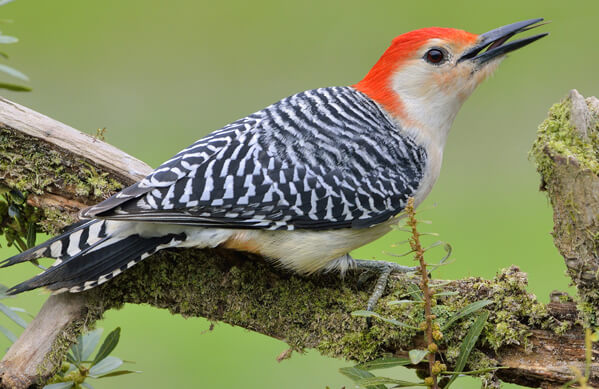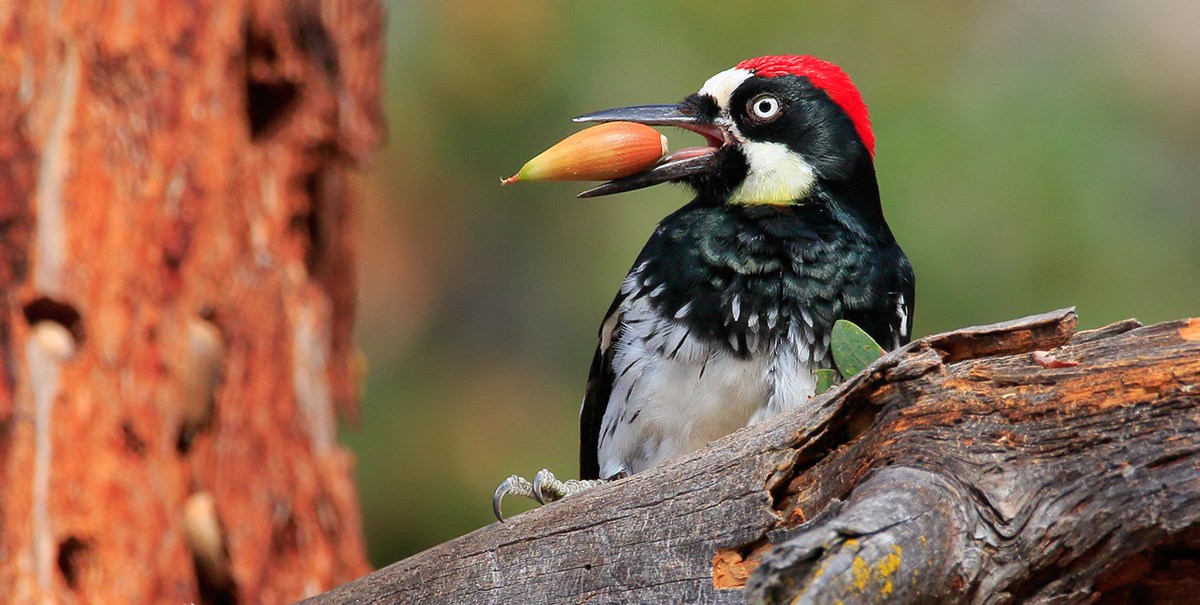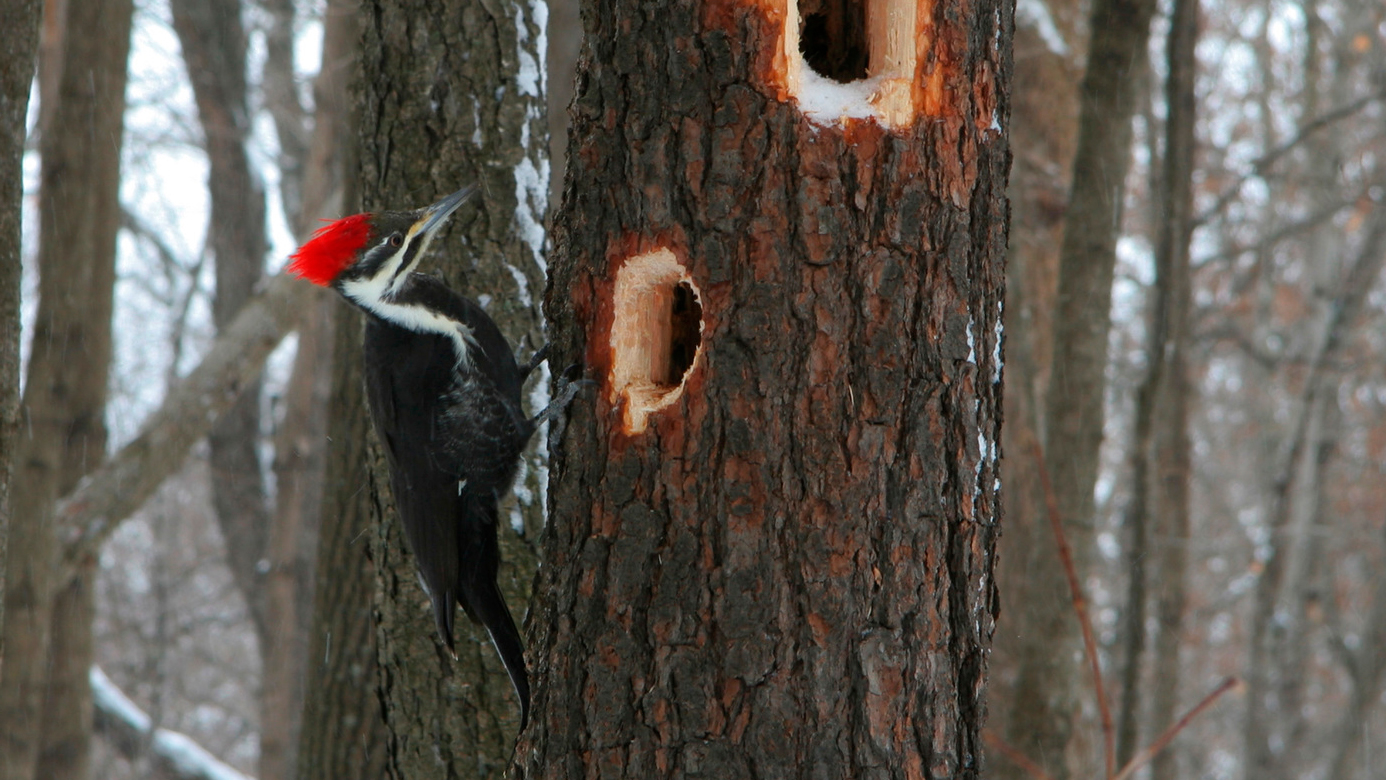Discover the Remarkable Globe of Woodpeckers: Everything You Need to Know
The world of woodpeckers is a world loaded with unique behaviors, complex adaptations, and a varied selection of types. From their environments and circulation patterns to their feeding routines and specialized physiological features, woodpeckers have long astounded the passion of ornithologists and nature lovers alike. Recognizing the details of these remarkable birds offers a look into the intricate interplay in between their biology and the setting. As we explore the world of woodpeckers better, we uncover a wide range of information that sheds light on their relevance in ecosystems and the difficulties they deal with in an ever-changing globe.
Woodpecker Habitats and Circulation
In North America, for instance, woodpeckers can be identified in both coniferous and deciduous forests, utilizing their solid beaks to forage for pests and develop nesting cavities in trees. In Africa, certain woodpecker species have actually adjusted to dry environments, such as the acacia timberlands, where they play a vital role in managing insect populaces.

Feeding Behaviors and Diet Plan
Woodpeckers utilize their solid beaks to drill right into the bark of trees, probing for bugs and larvae concealed underneath the surface area. In enhancement to bugs, woodpeckers likewise eat nuts, seeds, fruits, and sap.
Woodpeckers are known for their drumming actions, which offers not just to interact with other woodpeckers however additionally to find food. The rapid drumming audio is developed by the bird pecking on resonant surfaces like dead trees or metal poles. This behavior can attract pests hidden in the wood, allowing the woodpecker to discover their existence and feed on them.
Distinct Adjustments for Tree Climbing
In their proficient search of pests hidden within tree bark, woodpeckers have actually progressed remarkable physiological attributes that furnish them with special adaptations for efficient tree climbing. Among the essential adaptations is their zygodactyl feet, with two toes pointing onward and 2 aiming backwards, providing a solid grasp on tree trunks. This specialized foot arrangement enables woodpeckers to stick to upright surfaces effortlessly, allowing them to relocate up and down trees with agility. In addition, woodpeckers have stiff tail plumes that work as a helpful prop while they climb, helping in equilibrium and stability. Their strong, chisel-like beaks are not just made use of for exploration right into timber however likewise for grasping onto bark as they ascend tree trunks. Moreover, woodpeckers have solid neck muscles and a distinct head framework that soak up the impact of consistent pecking, enabling them to climb browse this site up up and down without causing damage to their minds. These adjustments display the unbelievable evolutionary style that makes it possible for woodpeckers to browse trees with precision and efficiency.
Diverse Woodpecker Variety Worldwide
With over 200 various species spread out throughout various environments worldwide, the household of Picidae encompasses an impressive variety of woodpeckers. These birds can be located in woodlands, forests, savannas, and even urban areas, showcasing their flexibility to various settings. From the famous Northern Flicker in The United States And Canada to the colorful and elusive Crimson-backed Flameback in Asia, each woodpecker types exhibits unique attributes in terms of tuft, behavior, and environment choice.
Woodpeckers vary substantially in dimension, with the Extra resources petite Downy Woodpecker gauging around 6-7 inches in size, while the effective Lineated Woodpecker can get to up to 17 inches - Woodpeckers in Florida. Their beaks additionally come in different shapes and dimensions, reflecting their feeding behaviors. Some types concentrate on drawing out pests from tree bark, like the Acorn Woodpecker, while others, such as the Black-cheeked Woodpecker, feed on fruits and seeds

Conservation Initiatives and Obstacles
Preservation initiatives for woodpecker populations are critical in alleviating the effect of environment loss and other threats encountering these varied avian varieties. Woodpeckers face different challenges to their survival, largely due to deforestation, urbanization, environment change, and invasive species. To attend to these problems, preservation efforts concentrate on shielding and bring back woodpecker habitats, applying sustainable forestry techniques, and raising understanding about the significance of these birds in review environments.
One significant difficulty in woodpecker preservation is the fragmentation of their habitats, resulting in isolated populations that are much more at risk to termination - Woodpeckers in Florida. Guardians work to develop wildlife passages and shielded locations that attach these fragmented environments, permitting woodpeckers to move in between different areas for feeding, reproducing, and sanctuary

Conclusion
Finally, woodpeckers are interesting birds with special adaptations for tree climbing and feeding habits. They can be located in diverse habitats worldwide, dealing with conservation challenges because of environment loss and human activities. Comprehending their environments, diet plans, and habits is critical for conservation efforts to safeguard these vital bird species. Further research and conservation actions are required to guarantee the survival of woodpeckers in the wild.